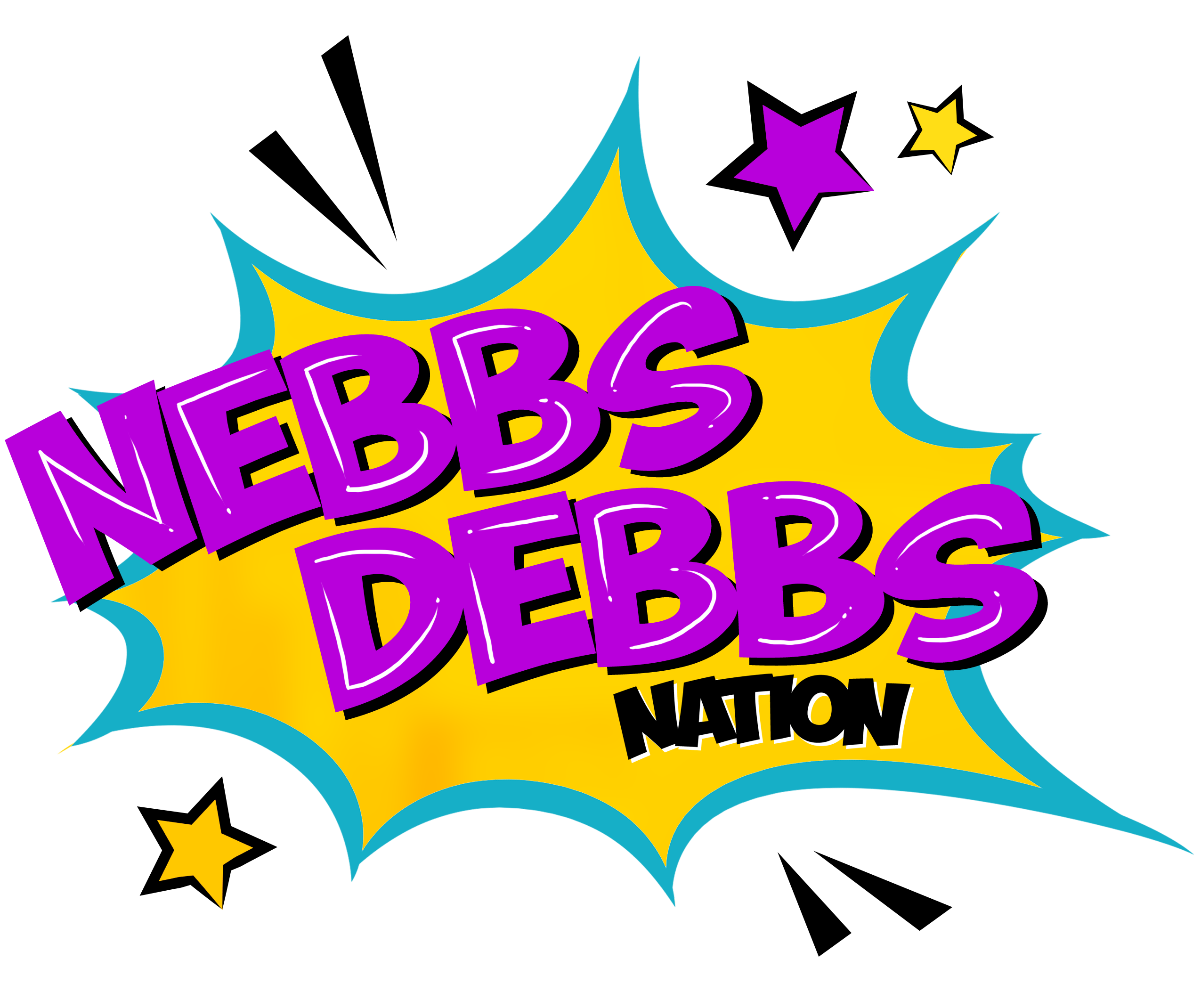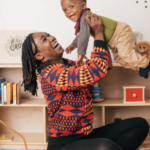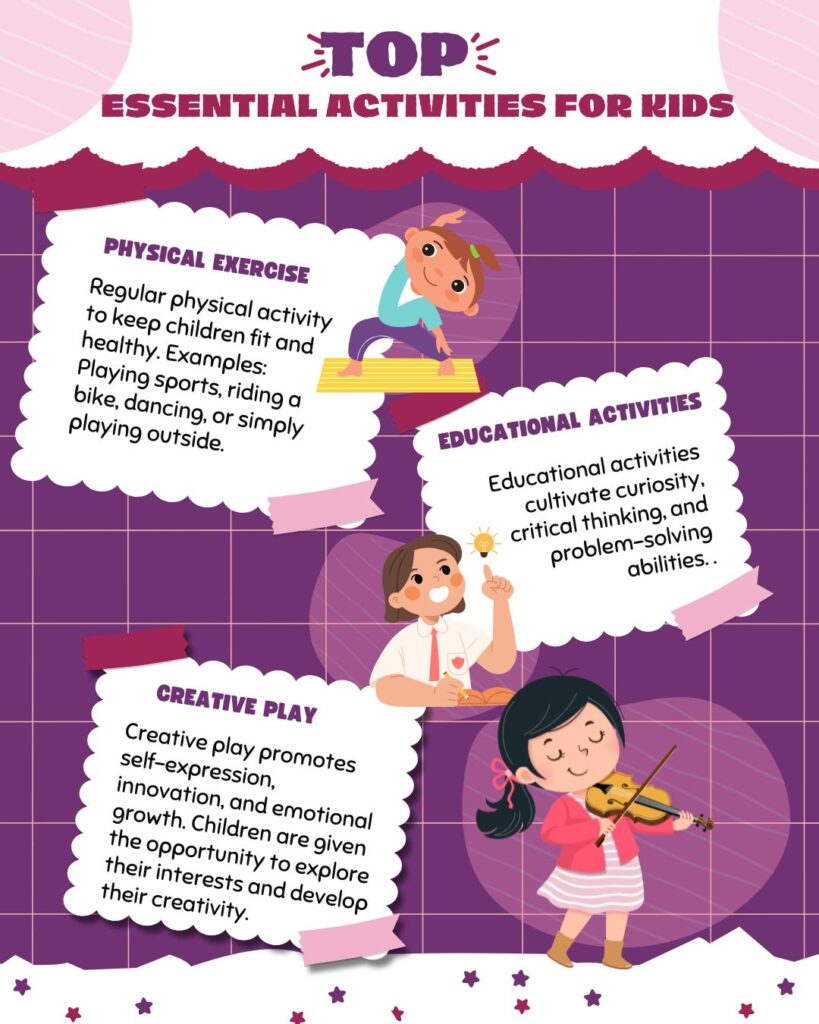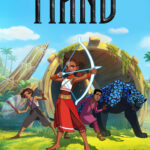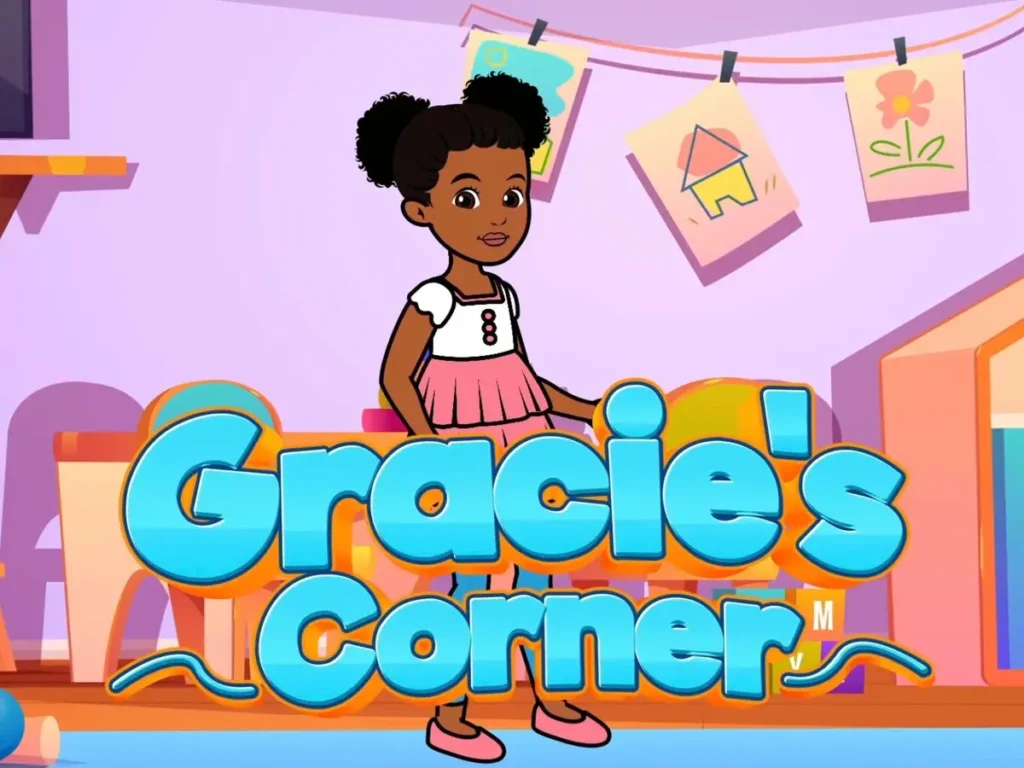
In a world of brightly colored cartoons and catchy kids’ songs, few children’s shows feel as grounded and powerful as Gracie’s Corner. What started as a creative project during the early days of the pandemic quickly grew into a beloved cultural phenomenon, led by a Black family determined to give their daughter—and kids like her—the representation they rarely saw on screen.
The brilliance of Gracie’s Corner lies in its simplicity: educational songs and lessons, but delivered with heart, rhythm, and cultural relevance. The star of the show, Gracie, sings about the alphabet and brushing your teeth, but she also celebrates natural hair, brown skin, and self-love. The message is clear: Our kids are beautiful, brilliant, and deserving of content that reflects their identity from the very beginning.
For parents, Gracie’s Corner is more than just background noise on a tablet or TV. It’s a teaching tool, a confidence booster, and a breath of fresh air. So many shows ask Black children to absorb messages not made with them in mind—but here, they are centered. They see hairstyles that look like theirs. Hear music rooted in their culture. Experience joy that doesn’t come with a side of coded messaging or stereotypes.
And the music? It’s not your average kids’ bop. There’s Afrobeat, hip-hop, and reggae woven into the learning. Songs have real bounce, and many parents find themselves singing along—or even adding a track or two to the family playlist. It’s entertainment that doesn’t talk down to kids or bore the adults in the room.
Parents also get something deeper from the show: permission to slow down, connect, and have affirming conversations with their children. A song about loving your hair can become a moment to talk about beauty standards. A video on counting can turn into a cuddle session with your toddler, both of you dancing to a beat that feels like home. These are the building blocks of emotional connection and cultural pride, planted early and watered often.
The impact hasn’t gone unnoticed. With tons of subscribers and millions of views, Gracie’s Corner is quickly becoming a staple in Black households. It’s received awards and media attention, but more importantly, it’s receiving love from the community that needs it most.
In a media landscape where Black children are too often asked to adapt to stories that weren’t made with them in mind, Gracie’s Corner hands them the mic and lets them sing. It’s not just about teaching ABCs or 123s—it’s about saying, over and over, you matter, you’re brilliant, and you’re seen.
And that’s the kind of learning that lasts a lifetime.
